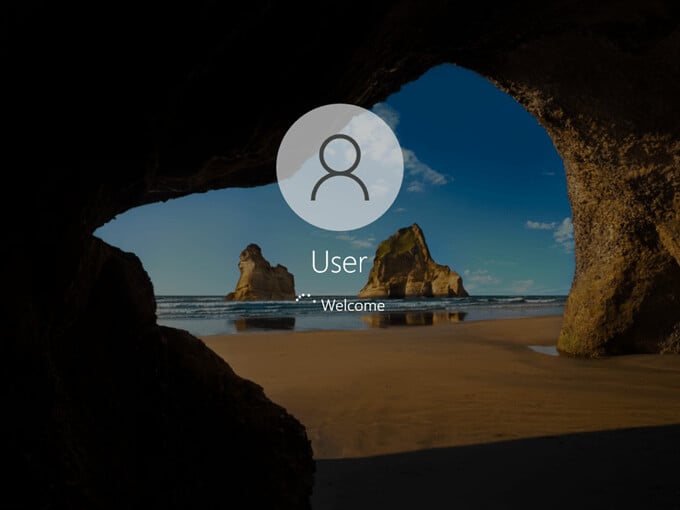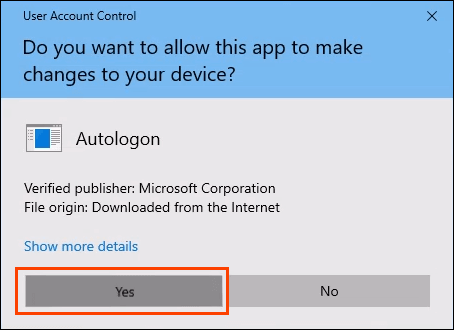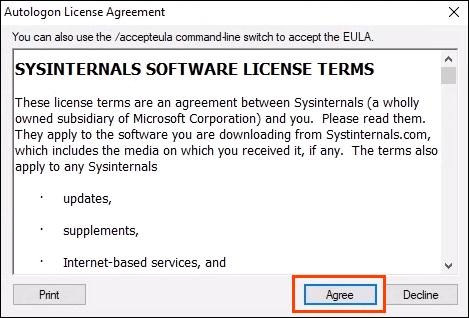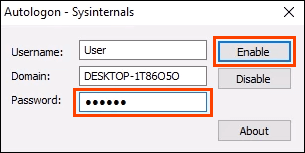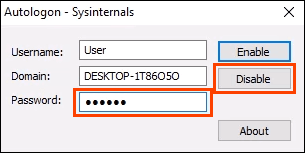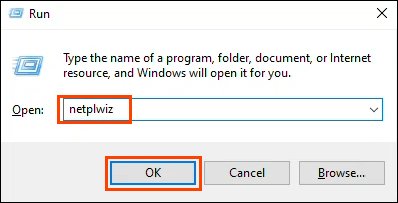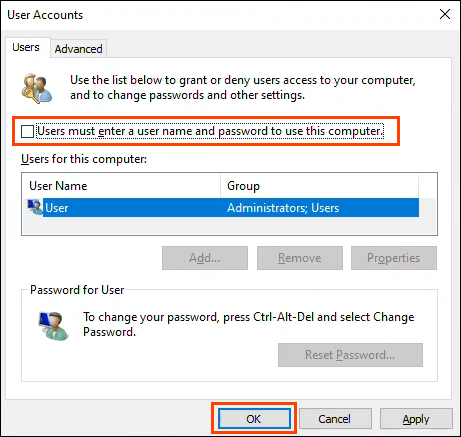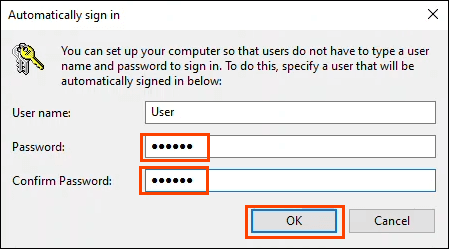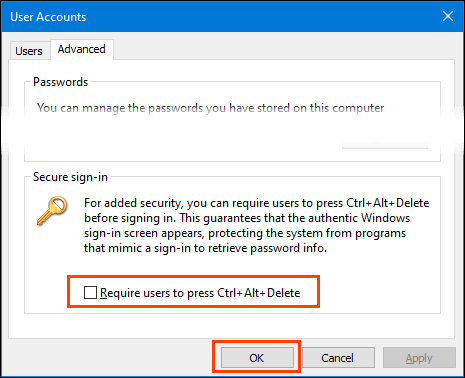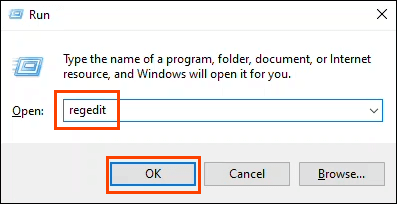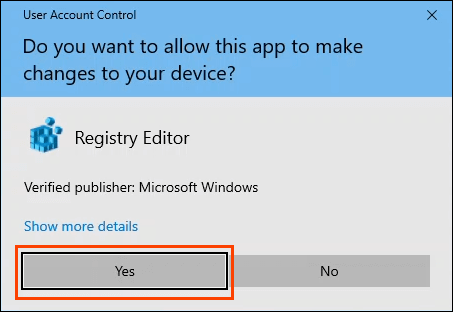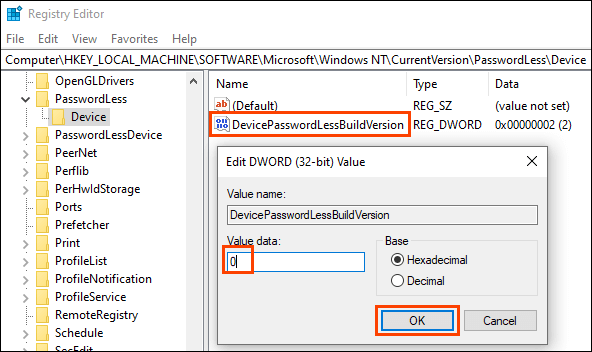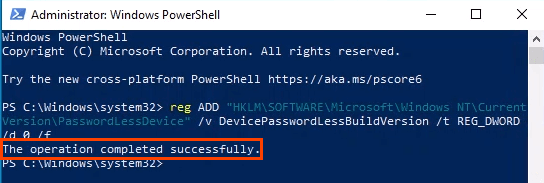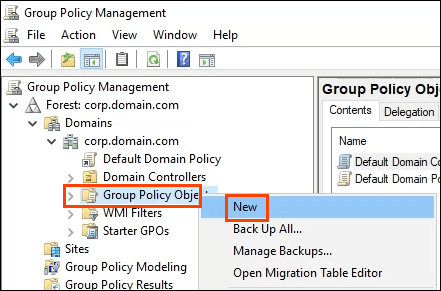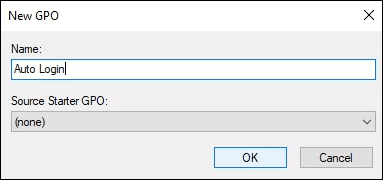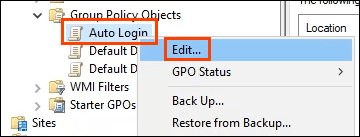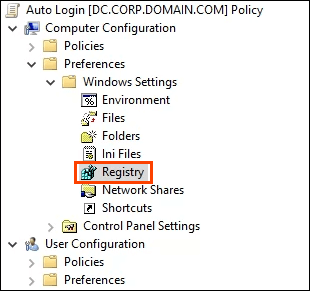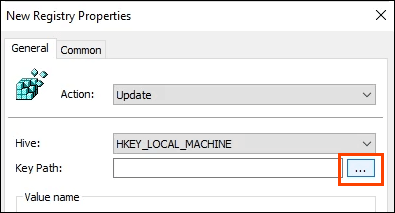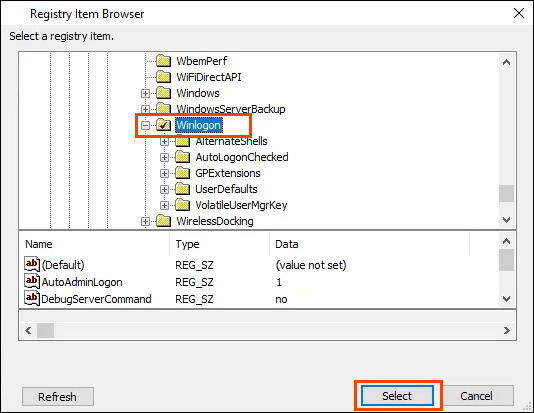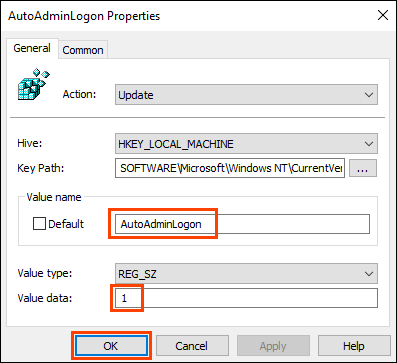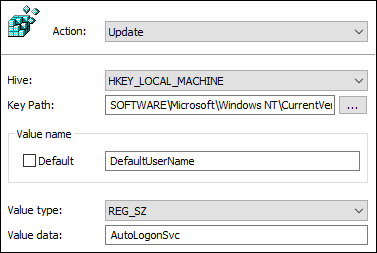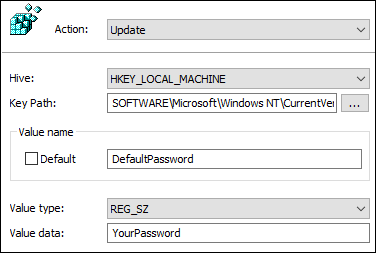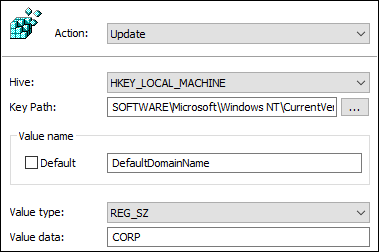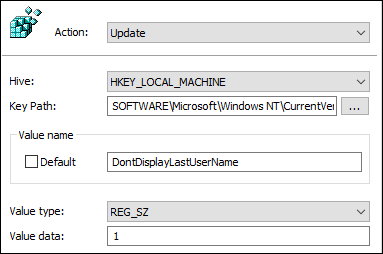Security or benefit? It appears like we can't have both, so we need to choose what's essential to us. If benefit triumphes and Windows is fairly protected, then having the ability to auto-login to Windows can be practical. It's likewise more safe and secure than utilizing Windows without a password We can set up auto-login for Windows 10 computer systems signed up with to a domain or stand-alone systems.
Enable Auto-Login for Windows 10 Utilizing SysInternals Autologon
Utilizing SysInternals Autologon is the most basic, simplest method to make it possible for auto-login in Windows 10. SysInternals Autologon is a little application supplied by Microsoft. There's a suite of SysInternals tools to aid with lots of things, consisting of repairing Windows Go to https://docs.microsoft.com/en-us/sysinternals/downloads/autologon, download it, and unzip the folder.
- Select the appropriate Autologon variation for the computer system. Plain Autologon is for 32-bit Windows and Autologon64 is for 64-bit windows.
- A User Gain Access To Control (UAC) window will open requesting for approval to run the app. Select Yes
- The Autologon License Contract window opens. Read and choose Agree to continue.
- Autologon will currently be filled out with the Username and Domain Get in the Password for the user and choose Enable
To disable auto-login later on, simply open Autologon and choose Disable
Enable Auto-Login for Windows 10 Workgroup PC Through Settings
Perhaps we do not wish to utilize an app to make it possible for auto-login for some factor. That's all right, this can be done by hand, too.
- Press Windows Secret + R to open the Run panel.
- Type > netplwiz Get In The User Accounts window will open.
- Uncheck package that checks out Users need to go into a user name and password to utilize this computer system Select OKAY
- The Immediately check in window will open, pre-filled with the user name. Get in the Password and Confirm Password
Once we're back in the User Accounts window, pick the Advanced tab. Discover Need users to push Ctrl + Alt + Erase to login and ensure it's unattended. Select OKAY and on the next login, Windows will not request a password.
How to Allow Require Users Checkbox
What if the checkbox isn't there? That prevails in Windows 10. There are a couple of methods to get the checkbox back, however just one method ensured to work. It needs modifying Windows Computer system registry. Constantly make a backup of the computer system registry prior to making any modifications.
- Press Windows Secret + R to open the Run panel.
- Type regedit and press Get In
A User Account Control (UAC) window opens asking, Do you wish to enable this app to make modifications to your gadget? Select Yes
- When the Computer system registry Editor window opens, browse to HKEY_LOCAL_MACHINE > > SOFTWARE APPLICATION > > Microsoft > > Windows NT > > CurrentVersion > > PasswordLess > > Gadget
- Double-click on the DevicePasswordLessBuildVersion secret and alter the Worth information from 2 to 0 Select OKAY
Close the Computer system registry Editor and reboot the computer system.
If the computer system registry secret does not exist, it can be developed. Open the CMD trigger or PowerShell as Administrator
Get in the command reg ADD "HKLMSOFTWAREMicrosoftWindows NTCurrentVersionPasswordLessDevice"/ v DevicePasswordLessBuildVersion/ t REG_DWORD/ d 0/ f and press Get In
When the reaction The operation finished effectively appears, reboot the computer system.
- Once the computer system has actually rebooted, go through the actions associated with utilizing the netplwiz command above. The Users need to go into a user name and password to utilize this computer system checkbox is now there.
Enable Auto-Login for Windows 10 PC in a Domain
This isn't suggested for daily usage. Allowing auto-login without the correct security preventative measures can jeopardize the domain. It may be beneficial for a display screen system however, like in snack bar or airports.
In case of a power blackout, the gadgets would immediately log back in when rebooted. The perfect scenario is to have an uninterruptible power supply (UPS) on the gadgets.
The modifications we'll make can be done as a Group Policy Things (GPO) that can be used as required within the domain.
- On the domain controller, open Group Policy Management and browse to Domains > > YourDomain > > Group Policy Things When there, right-click on Group Policy Things and choose New
- Get in a detailed name, like Vehicle Login, for the brand-new GPO and choose OKAY
- Right-click on the Vehicle Login GPO and choose Edit ...
- The Group Policy Management Editor opens. Browse to Computer System Setup > > Preferences > > Windows Settings > > Windows Registry
- Right-click on Windows Registry and choose New > > Windows Registry Product We'll produce 5 computer system registry secrets with this part of the procedure. We'll go through the very first one. Repeat the actions appropriately for the other 4 computer system registry secrets with the homes supplied listed below.
- In New Windows Registry Characteristic, leave Action as Update and Hive as HKEY_LOCAL_MACHINE ( HKLM). Select the ellipses or three-dots (...) beside the Secret Course field. The Windows Registry Product Web Browser window opens.
Browse to HKLM > > SOFTWARE APPLICATION > > Microsoft > > Windows NT > > CurrentVersion > > Winlogon then select Select to set that as the course for the secret.
- Back in the New Windows Registry Characteristic window, go into AutoAdminLogon in the Worth Call field. Leave Worth type defaulted to REG_SZ and go into 1 in the Worth information field. The 1 way make it possible for AutoAdminLogon. If we wished to disable it, we 'd alter that to absolutely no (0 ). Select OKAY to set the computer system registry setting in the GPO.
Repeat actions 5 to 7 utilizing the following worths:
To set the domain to be utilized by autologon:
Secret Course: HKLMSOFTWAREMicrosoftWindows NTCurrentVersionWinlogon
Worth type: REG_SZ
Worth Call: DefaultDomainName
Worth information: YourDomainName-- in this example, it's CORP
To set the default username utilized by autologon:
Secret Course: HKLMSOFTWAREMicrosoftWindows NTCurrentVersionWinlogon
Worth type: REG_SZ
Worth Call: DefaultUserName
Worth information: YourUsername-- in this example, it's AutoLogonSvc
To set the default password utilized by autologon:
Secret Course: HKLMSOFTWAREMicrosoftWindows NTCurrentVersionWinlogon
Worth type: REG_SZ
Worth Name: DefaultPassword
Worth information: The password of the user embeded in the previous secret
To avoid the username from being revealed on reboot:
Secret Course: HKLMSOFTWAREMicrosoftWindows NTCurrentVersionWinlogon
Worth type: REG_SZ
Worth Call: DontDisplayLastUserName
Worth information: 1
- Once the secrets are developed and in the order revealed listed below, use the GPO in the Group Policy Management window by dragging and dropping it on the wanted groups.
The next time the gadgets are rebooted, they'll get the GPO and use it within their computer system registry.
Notification that the password was kept in plain text. Be greatly careful about utilizing autologon in a domain. If anybody can open the Computer system registry Editor, they can check out the password and username. They will now have access to anything available with those qualifications. 2 preventative measures can be taken; avoid anybody from accessing the computer system registry editor and utilize a service account with minimal consents for the autologon.
Will You Utilize Auto-Login?
Now that you understand how to set up auto-login, what are you going to utilize it on? Do you currently utilize auto-login? If so, in what circumstance and have you discover anything we should understand? We 'd like to become aware of it in the remarks listed below.
